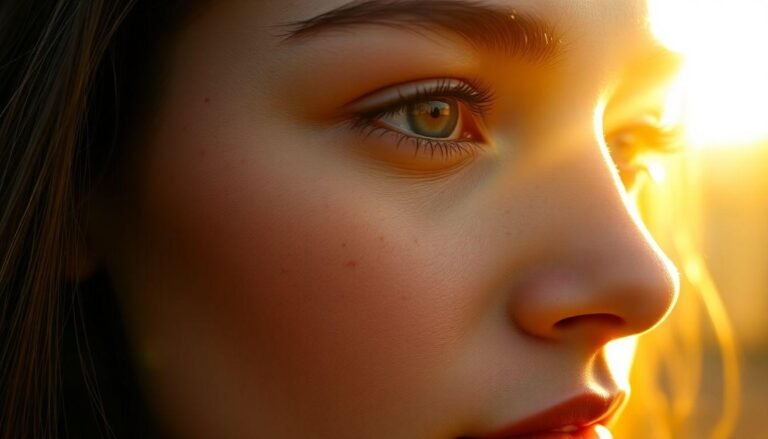In a world where photoshopped perfection often dominates our visual landscape, there’s a refreshing movement gaining momentum – the celebration of real skin. Whether you’re a professional photographer, a content creator, or just someone who wants to capture authentic beauty, real skin photoshoots offer a powerful way to showcase genuine human experiences. These photo sessions embrace natural textures, tones, and even “imperfections” that make us uniquely beautiful. Let’s explore how you can harness the authenticity of real skin in your next photo session for truly captivating images.
Why Real Skin Photography Matters
Remember when every magazine cover featured impossibly smooth, poreless faces? Those days are gradually fading as audiences crave authenticity. Real skin photography isn’t just a passing trend—it’s a movement toward honest representation that resonates deeply with viewers. When we see actual texture, natural pores, freckles, birthmarks, or even acne in images, something powerful happens: we connect. These photographs validate our own experiences and remind us that beauty exists in our natural state.
The psychological impact is significant too. Studies show that consuming heavily edited images can affect self-esteem and body image. By creating and sharing photos that show real skin, you’re contributing to a healthier visual culture. Brands are catching on too—many are now specifically seeking authentic imagery that their customers can truly relate to.
Preparing for a Real Skin Photoshoot
Setting Expectations with Your Subject
Before the camera even comes out, have an honest conversation with your subject about what a real skin photoshoot means. Explain that while basic retouching may happen, the goal is to capture their authentic beauty. This dialogue helps build trust and sets appropriate expectations.
Some people might feel nervous about showing their unfiltered skin. Create a comfortable atmosphere by sharing examples of beautiful real skin photography that inspires you. Reassure them that proper lighting and composition techniques will help them look their best while still remaining authentic.
Skincare vs. Makeup Considerations
The goal isn’t necessarily to have subjects appear completely bare-faced (unless that’s the specific concept). Instead, focus on using makeup techniques that enhance rather than mask:
For skincare before the shoot, gentle exfoliation and hydration can help skin look its natural best without hiding texture. Remember, the goal is enhancement, not concealment.
Technical Tips for Capturing Real Skin
Lighting Techniques That Flatter Without Hiding
Lighting makes all the difference in showcasing real skin beautifully. Harsh direct flash will exaggerate texture in unflattering ways, while overly diffused lighting might minimize natural dimension too much.
Try these lighting approaches:
Experiment with the distance and angle of your light source to find the sweet spot where skin looks natural but still dimensional and alive.
Camera Settings and Equipment
The technical aspects of your shoot significantly impact how real skin appears:
While macro lenses might seem tempting for capturing detailed skin texture, they can sometimes exaggerate pores and blemishes beyond what’s visible to the naked eye.
Post-Processing for Authentic Results
The editing phase is where many photographers inadvertently erase the realness they initially captured. Remember that real skin has texture, pores, and sometimes blemishes—and that’s okay. Focus on adjustments that enhance rather than erase:
The goal should be that viewers see the person, not the retouching. When in doubt, less editing is usually better for authentic results.
Finding Inspiration for Your Real Skin Photoshoot
Need some inspiration? Look to photographers and brands pioneering the real skin movement:
Study these examples not just for their visual approach but also for how they frame the narrative around real skin beauty.
Creating a Mood Board
Before your shoot, create a mood board that includes examples of the type of real skin photography you admire. This helps communicate your vision to models or clients and serves as a reference during the shoot. Include diverse examples showing different skin types, conditions, and aesthetics to broaden your perspective.
Conclusion
Embracing real skin in photography isn’t just about technical skills—it’s about shifting perspectives on beauty and authenticity. When done well, these images have remarkable staying power and emotional impact that heavily retouched photos simply can’t match. They connect with viewers on a human level, creating meaningful visual experiences rather than just pretty pictures.
As you plan your next real skin photoshoot, remember that the goal is to capture the person authentically, celebrating rather than concealing what makes them unique. With thoughtful preparation, appropriate techniques, and mindful editing, you can create stunning images that honor the beautiful reality of human skin in all its varied glory.







